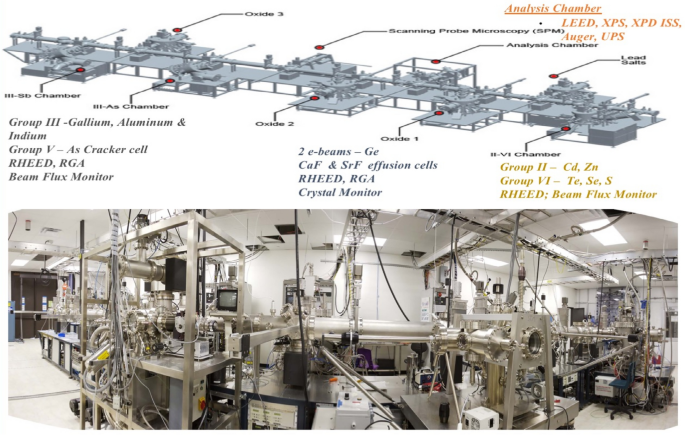2024-05-22 カリフォルニア大学サンタバーバラ校(UCSB)
<関連情報>
- https://news.ucsb.edu/2024/021486/controlling-chaos-active-fluids
- https://www.pnas.org/doi/10.1073/pnas.2400933121
能動的なトポロジカル欠陥を制御するためのデザインルール Design rules for controlling active topological defects
Suraj Shankar, Luca V. D. Scharrer, Mark J. Bowick, and M. Cristina Marchetti
Proceedings of the National Academy of Sciences Published:May 15, 2024
DOI:https://doi.org/10.1073/pnas.2400933121

Significance
Active fluids, such as bacterial suspensions and flowing tissues, often exhibit orientational order disrupted by topological defects. Much is understood about how internal driving powers nonequilibrium dynamics, but how can we design protocols to transport and organize patterns in active fluids for functional goals? We develop an additive symmetry-based framework to control the dynamics of such topological defects by spatiotemporally manipulating active stresses. Our framework identifies design principles for controlling defect trajectories using active tweezers, as well as collections of interacting defects using patterns of activity. By combining simulations with theory, we uncover necessary symmetry conditions and trade-offs that govern defect control policies in active media, suggesting general rules for manipulating a broad range of synthetic and biological active matter.
Abstract
Topological defects play a central role in the physics of many materials, including magnets, superconductors, and liquid crystals. In active fluids, defects become autonomous particles that spontaneously propel from internal active stresses and drive chaotic flows stirring the fluid. The intimate connection between defect textures and active flow suggests that properties of active materials can be engineered by controlling defects, but design principles for their spatiotemporal control remain elusive. Here, we propose a symmetry-based additive strategy for using elementary activity patterns, as active topological tweezers, to create, move, and braid such defects. By combining theory and simulations, we demonstrate how, at the collective level, spatial activity gradients act like electric fields which, when strong enough, induce an inverted topological polarization of defects, akin to a negative susceptibility dielectric. We harness this feature in a dynamic setting to collectively pattern and transport interacting active defects. Our work establishes an additive framework to sculpt flows and manipulate active defects in both space and time, paving the way to design programmable active and living materials for transport, memory, and logic.



